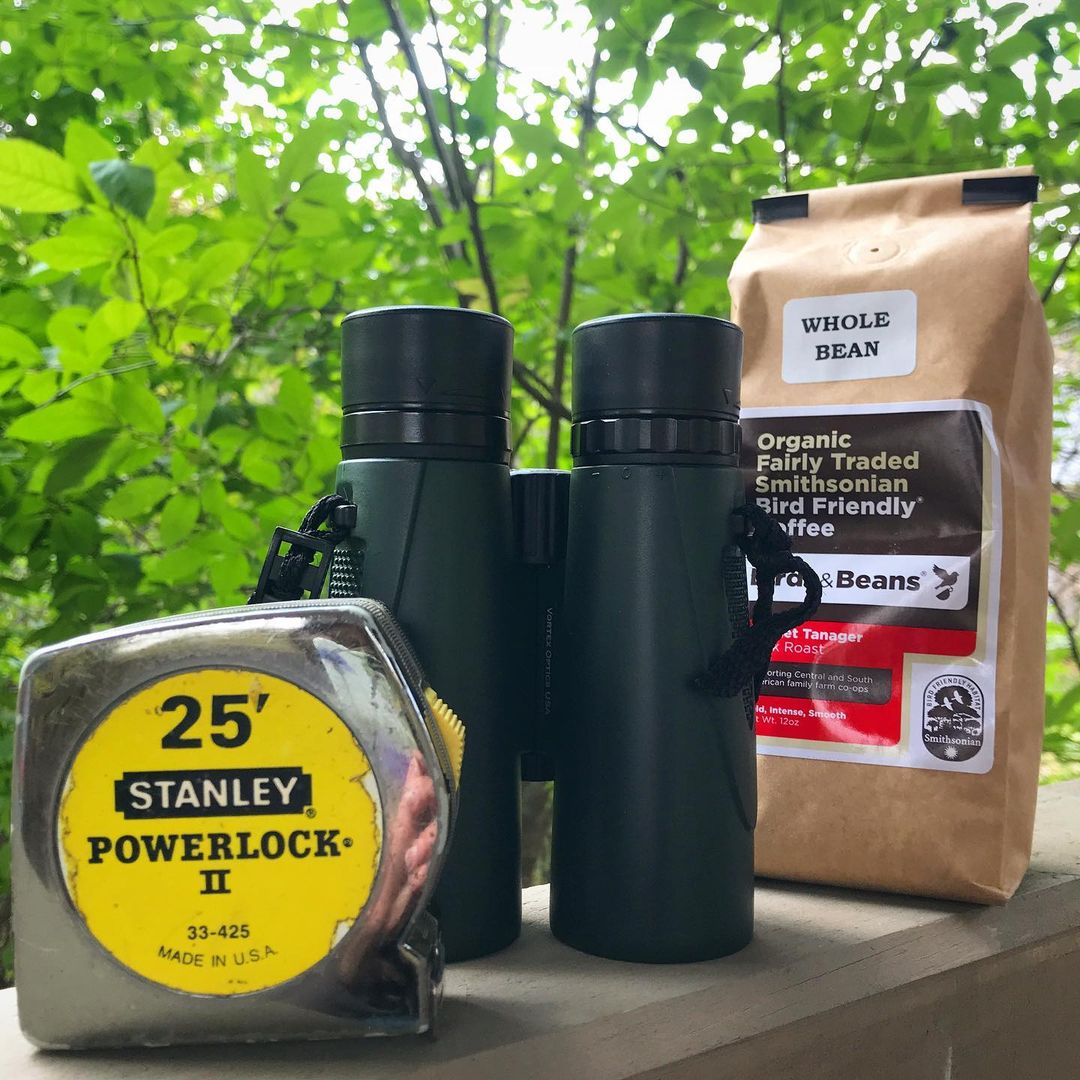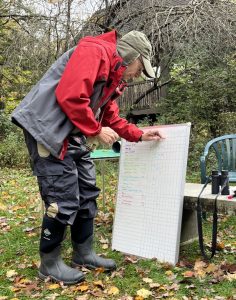 The viewing window is only part of the October picture. We also had the Big Sit! Such a great day to be birding … chilly, rainy, but with friends.
The viewing window is only part of the October picture. We also had the Big Sit! Such a great day to be birding … chilly, rainy, but with friends.
Through the Window: September 2023
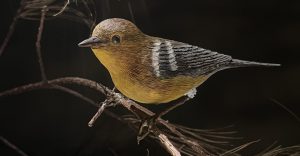
It’s the last month for the Hummingbirds (for the year). Nevertheless, they delighted those who sat at the Viewing Window this month, as the “Hummers” continued to defend “their” feeders!
Not only that, but we saw some unusual-for-the-feeder-area birds as well. Read on to find out what species they were…
September Bird List
Through the Window: August 2023
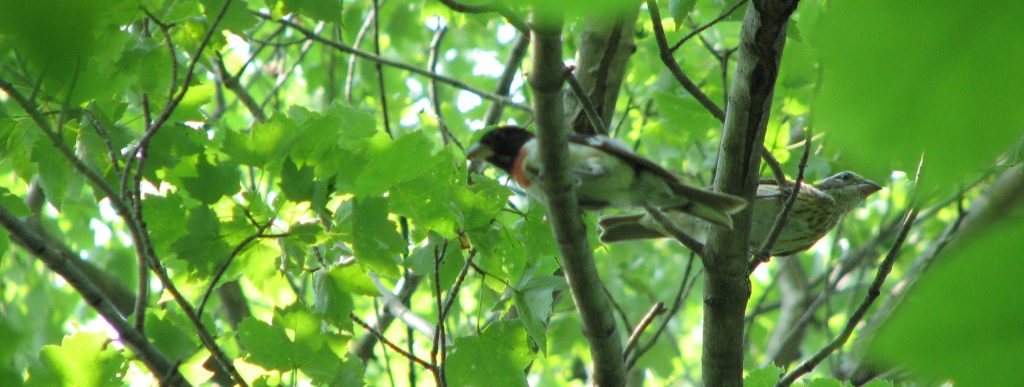 It’s so delightful to be outside and have birds in the trees around you. As you know, though, some days we’re busy with our wonderful visitors. So we observe from inside, through our viewing window. And create these lists!
It’s so delightful to be outside and have birds in the trees around you. As you know, though, some days we’re busy with our wonderful visitors. So we observe from inside, through our viewing window. And create these lists!
August Bird List
Through the Window: July 2023
The museum was fortunate to have been missed by the flooding this year. The brook below the museum rose, and there’s signs of erosion on trails, but we escaped the damage that our fellow Vermonters are working through. We hope you also have been free from floods, and if not, that you have the help and support you need.
We can offer a refuge if you need to come and take a break: visit, sit, watch birds, walk trails… We thank the Vermont Community Foundation for their support of non-profits, flood survivors, and more.
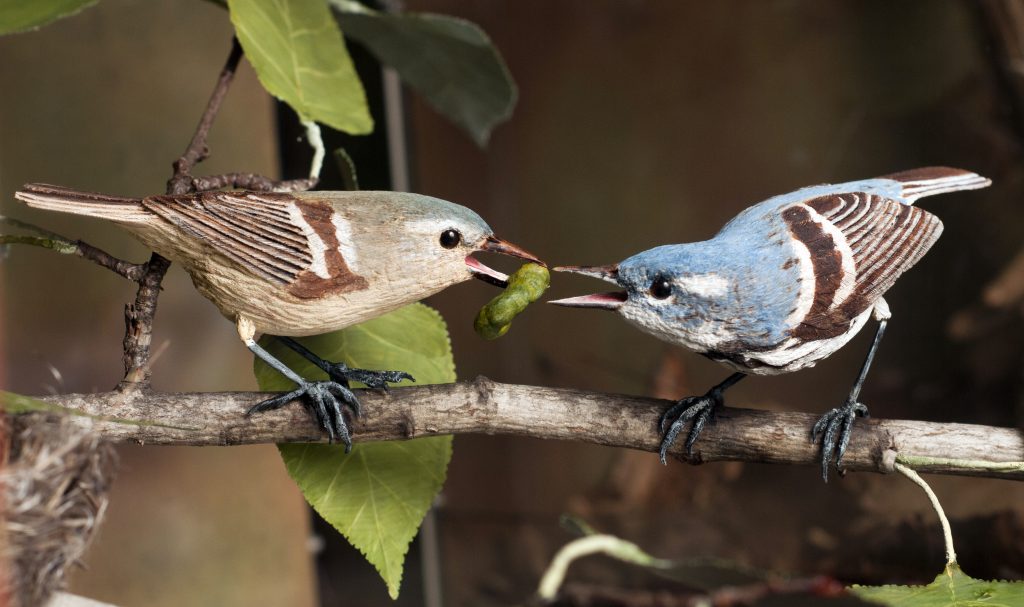
July Bird List
the Big Sit 2023!
The most relaxed birding around. And around and around …
How many birds (and birdwatchers) can we identify from a 17-foot diameter circle between sunrise and sunset? Can we beat last year’s record? We’ve seen birds big and small, in night and day: from Kinglets to Great Blue Herons, Barred Owls to Turkey Vultures.
This is a great long-running community science project. Pledges and donations welcome:
![]()
We are observing from Dawn to Dusk. The Museum is open from 10am – 4pm.
Call or email to ask about joining the observation team.
For much more info, see https://www.thebigsit.org/ .
Check out the reports from previous years: 2015, 2016, 2017, 2018, 2019, 2020, 2021 (overall), 2021 (ours), 2022 (overall), 2022 (ours)
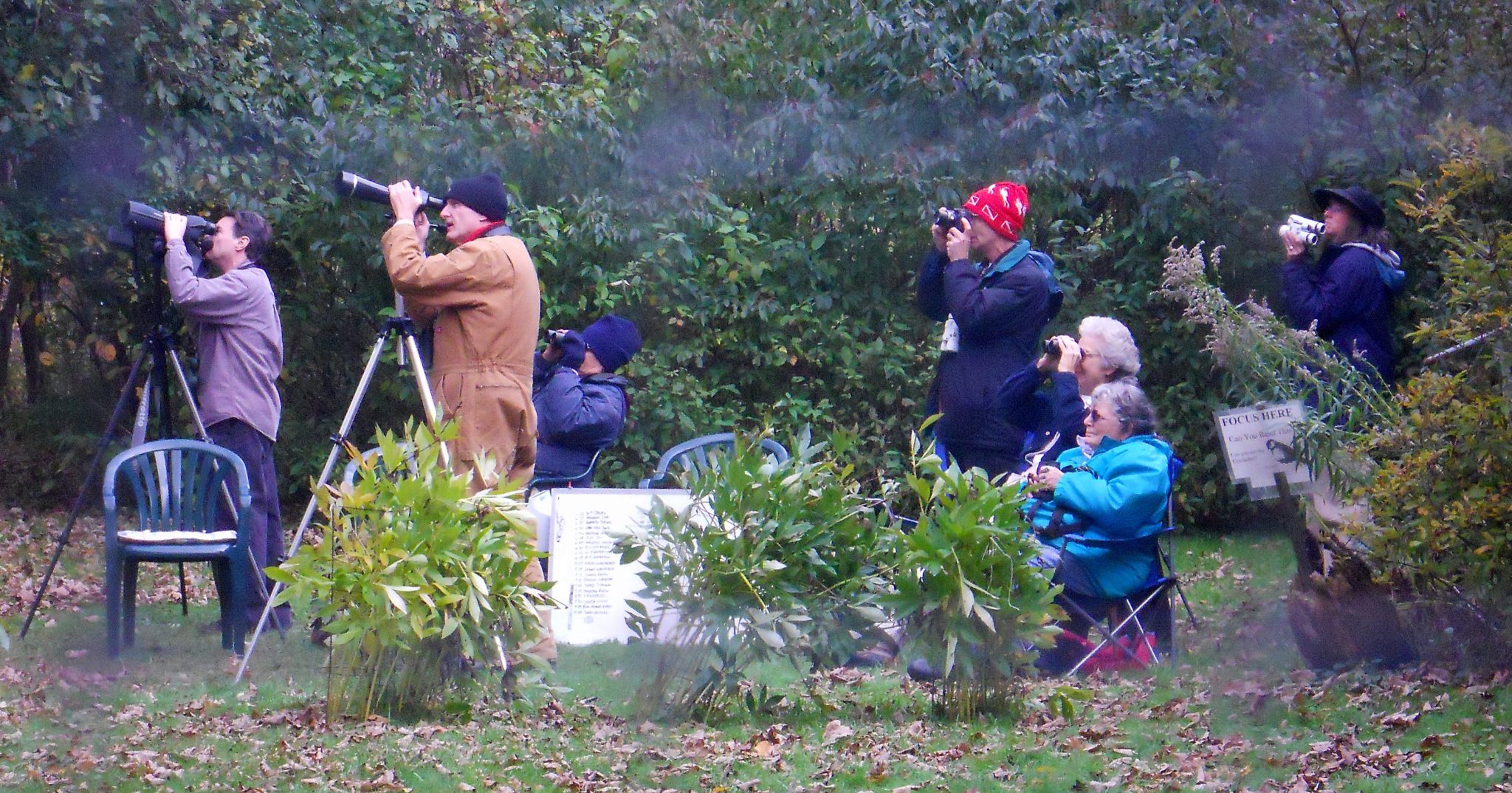
Through the Window: June 2023
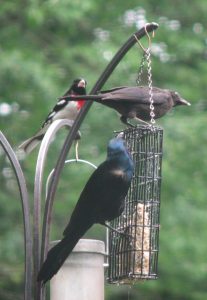
Sadly, yes, we are missing the May list. Somehow we managed to neither transcribe nor photograph the list before wiping the board for June. It was amazing, but you don’t have to trust my word for it. Check out the eBird checklists for the May walks.
But time flows on and the birds do their things, so here’s the …
June Bird List
Through the Window: April 2023
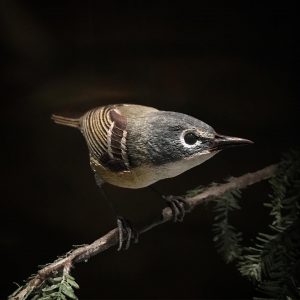
Funny thing about our April bird list: two common species were not recorded (and one somewhat less frequently seen at from the viewing window, but definitely around). Does that mean they weren’t seen (and if so, where were they)? Or did they really busy themselves elsewhere in the woods?
Do you know which they were? the two I’m thinking of were recorded during our April Bird Monitoring Walk…
April Bird List
Through the Window: March 2023
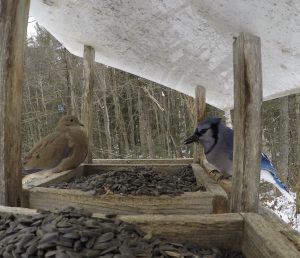
March is all about the this-way-and-that-way dance of winter, spring, and mud seasons. Watch for migrants returning and spring behaviors in, well, everyone. Two things we especially like:
The “Oh sweetie” song of the Black-capped Chickadee.
And those Mourning Dove males who keep getting distracted from eating—instead, they puff up and pace after the females, begging for their attention.
March Bird List
Through the Window: February 2023
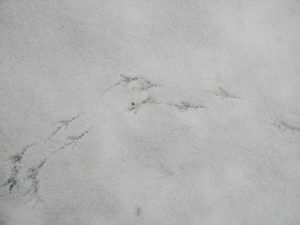
A few regular birds and a few less-frequently noticed ones. And surprising mammals. We even had some snow!
Hope you had a sweet and surprising month.
February Bird List
Through the Window: January 2023
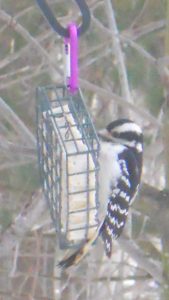
Happy New Year, everyone! We hope you’ll enjoy our short bird list from this month.
Stop in again and again; I’m confident our unseen blue jays will! And others…

